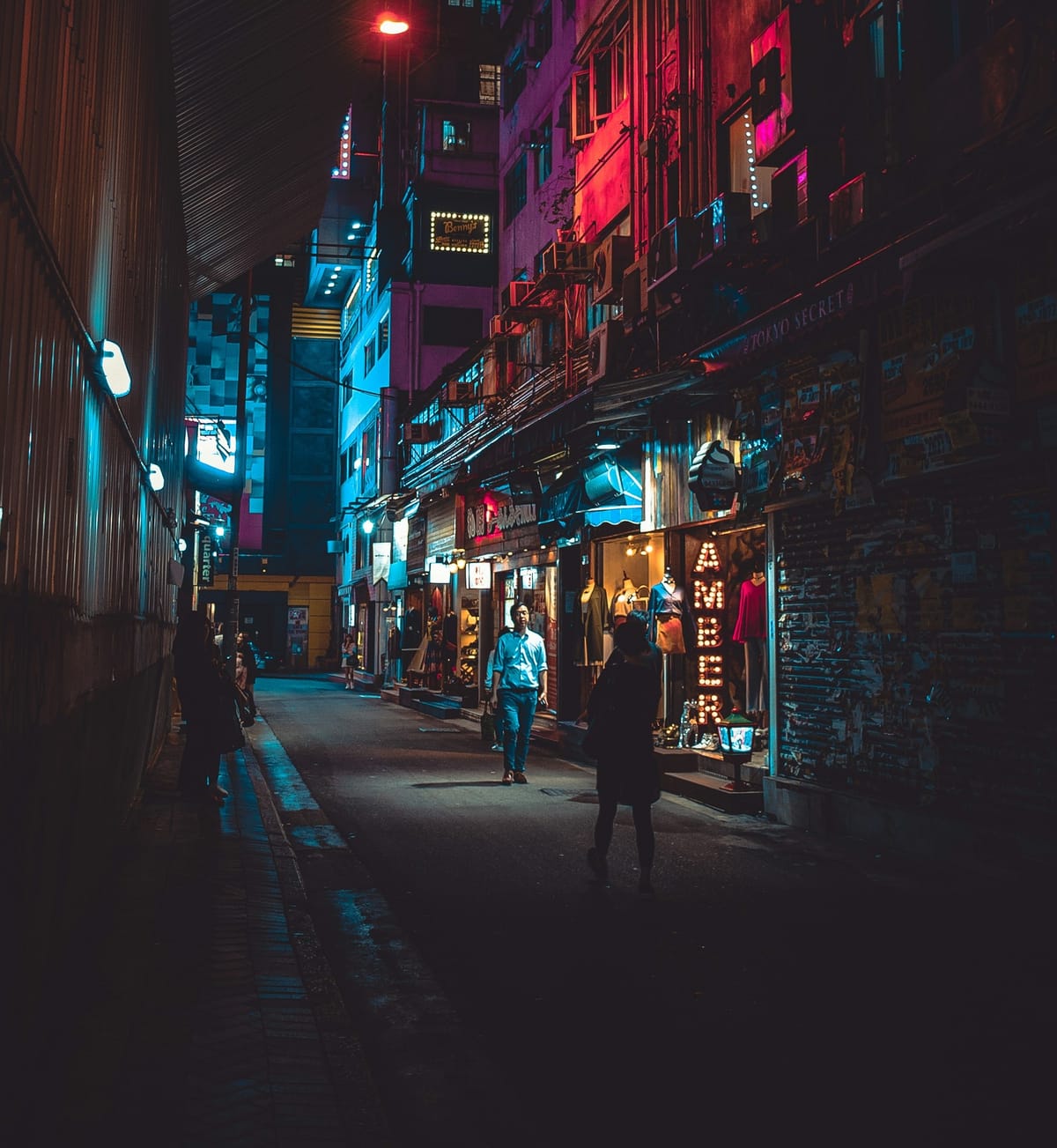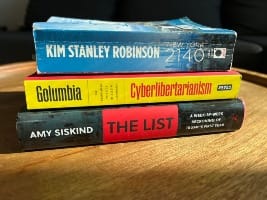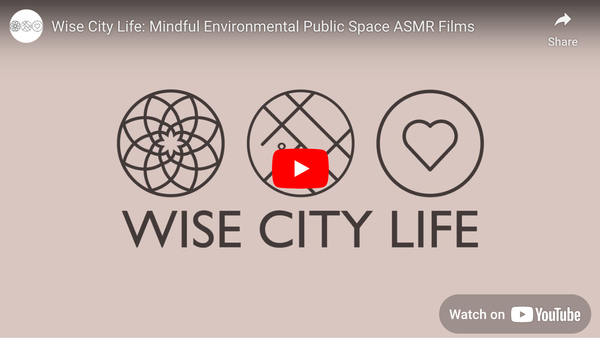The Hidden Cost of Media-Blind Decision Making: Why Traditional Professional Frameworks Are Failing Us

In our rush to embrace "smart" technologies and data-driven decision making, we've forgotten something fundamental: the medium shapes the message. And more critically, it shapes how we think, relate, and make decisions about our shared future.
Consider this: When architects and urban planners present their visions, they typically use static renderings and formal presentations. When technologists propose solutions, they lead with metrics and dashboards. When community organizers advocate for change, they often rely on storytelling and face-to-face meetings. Each profession's chosen medium inherently frames both the problem and potential solutions.
This isn't just about communication styles – it's about how our professional frameworks themselves have become prisoners of their preferred media. The architect's vision becomes confined to what can be rendered. The technologist's solution becomes limited to what can be measured. The organizer's impact becomes constrained by physical reach.
But our cities – our lived experiences – don't conform to these artificial boundaries. They are simultaneously physical and digital, measurable and felt, immediate and long-term. When we make decisions through the lens of just one medium, we inevitably blind ourselves to crucial dimensions of urban life.
This media blindness carries hidden costs that compound over time: Community trust erodes when technical solutions ignore cultural contexts. Infrastructure investments fail to adapt when they're designed for today's technology rather than tomorrow's possibilities. Social cohesion fragments when digital connections aren't grounded in physical place.
The path forward requires a new literacy – one that recognizes how different media shape our thinking and decisions. This means:
- Questioning our default professional frameworks and their inherent media biases
- Actively seeking out perspectives from different media environments
- Developing fluency across multiple modes of understanding and expression
- Creating new hybrid approaches that honor both digital and analog ways of knowing
For leaders, this insight demands reflection: How do your preferred media shape your vision? What aspects of urban life might you be blind to based on your professional framework? What other ways of seeing and knowing could enrich your decision-making?
The future belongs not to those who master any single medium, but to those who can thoughtfully navigate across them all, weaving together the full spectrum of human experience in our increasingly hybrid cities.





